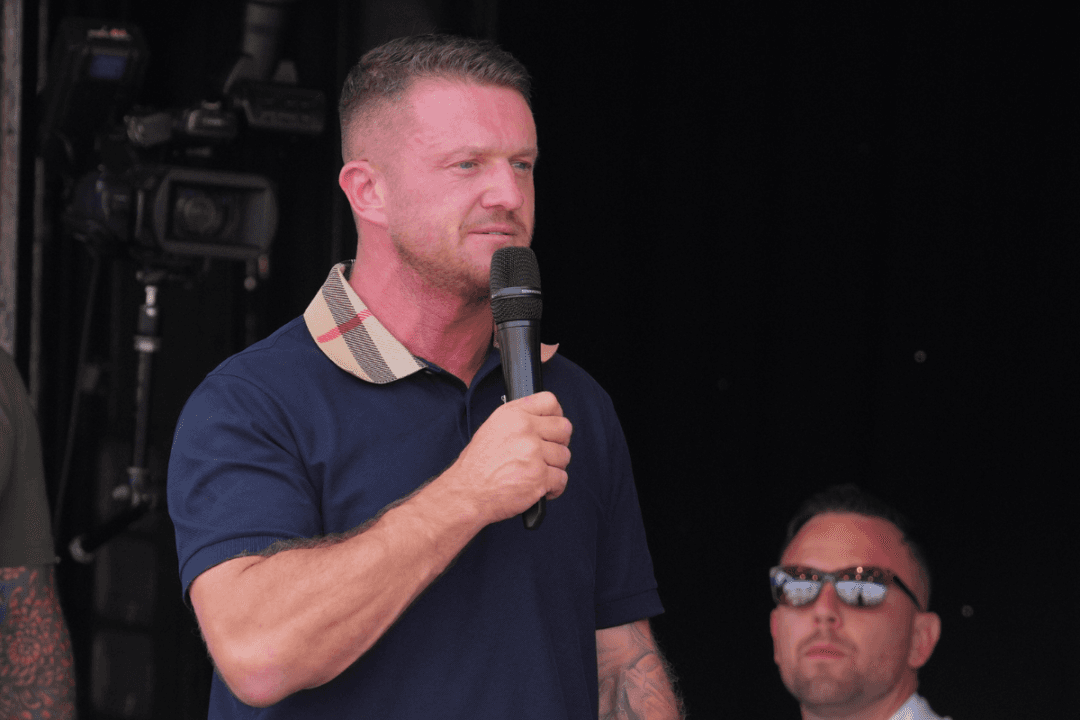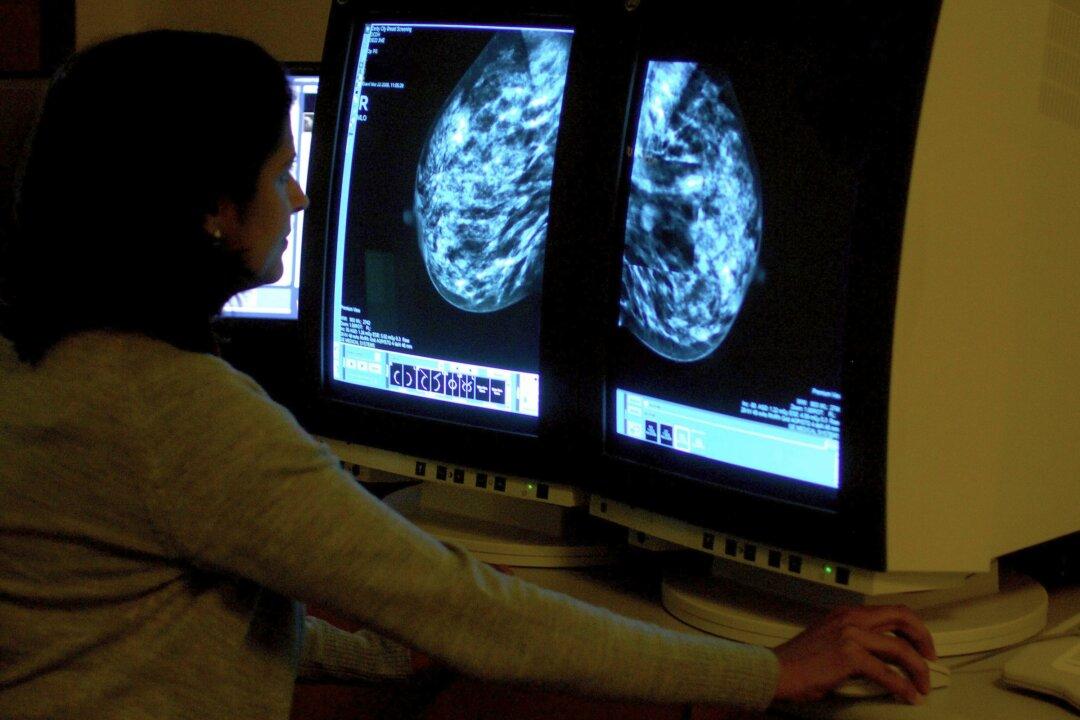The Royal Navy’s flagship is to return home following the first operational deployment of the carrier strike group (CSG), which has been dogged by incidents including the loss of a £100 million fighter jet at sea.
The aircraft carrier HMS Queen Elizabeth, with seven warships and a submarine, set off from Portsmouth Naval Base following a visit by the Queen in May for its show-of-force voyage to the Far East.
But the ships and their combined crew of 3,700 sailors faced several incidents, both diplomatic and technical, during the 25,000 nautical mile round trip.
The carrier had originally been expected to return to Portsmouth on Dec. 10, but the arrival was brought forward by a day because of concerns about the weather.
The narrow entrance to Portsmouth Harbour means that the 65,000-tonne warship would not routinely enter during heavy winds.
The crew of the three warships will be welcomed home in time for Christmas by family and friends for a traditional homecoming on the jetty at the naval base.
The most serious incident of the deployment happened in November when an F35B Lightning jet crashed into the Mediterranean after tumbling off the edge of HMS Queen Elizabeth’s flight deck.
The pilot ejected and was found safe, but the state-of-the-art fighter jet languished at the bottom of the sea and has only recently been recovered.
A member of the £3 billion carrier’s crew has been arrested on suspicion of leaking video footage of the incident.
The jets are operated by the renowned 617 Squadron, also known as the “Dambusters” squadron.
A visit to the carrier by the Prince of Wales scheduled for a few days later was cancelled following the incident.
Earlier in the voyage, Type 45 destroyer HMS Defender was involved in a stand-off with the Russian navy after it sailed close to Crimea in June.
The Kremlin claimed warning shots were fired by Russian vessels at the ship as it passed through the contested part of the Black Sea last week—an assertion dismissed by the UK Government, which said only that a routine “gunnery exercise” took place.
Dramatic eyewitness accounts revealed that Defender, which is also returning to Portsmouth on December 9, was buzzed by Russian military jets and the sound of naval gunfire could be heard as it sailed from Odessa in Ukraine to Georgia.
In July, its sister ship HMS Duncan, also arriving at the Hampshire naval base on Thursday, suffered a mechanical issue with its engine, forcing it to undergo repairs before returning to the CSG six weeks later.
In the same month, a number of ships in the CSG, including the carrier, experienced a Covid-19 outbreak despite all the crew being double-vaccinated.
A sailor on board the Type 23 frigate HMS Kent was also confirmed to have died in July. An investigation has been launched.
The voyage culminated in the carrier taking part in a joint exercise with warships from the US, the Netherlands, Canada and Japan before arriving in Yokosuka.
The exercise was part of efforts to achieve a “free and open Indo-Pacific” vision led by Washington and Tokyo.




